IVSC Webinars Series 2023 – Bios
IVSC
JUNE 12, 2023
She was also a contributing author to the chapter "Risk-Free Rate" in the fifth edition. Alexander joined the IVSC as Director of Technical Standards (Tangible Assets) in 2019. She is a co-author of the Kroll Valuation Handbook series, now available exclusively online in the Cost of Capital Navigator.

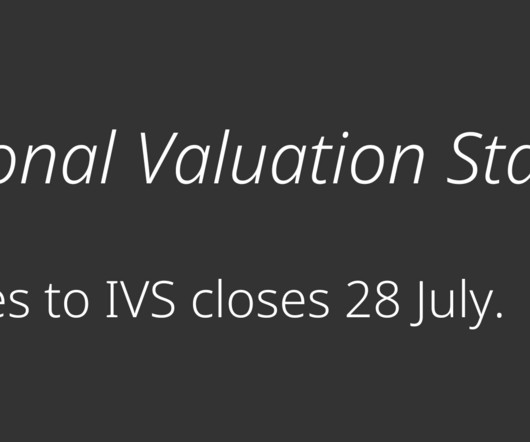
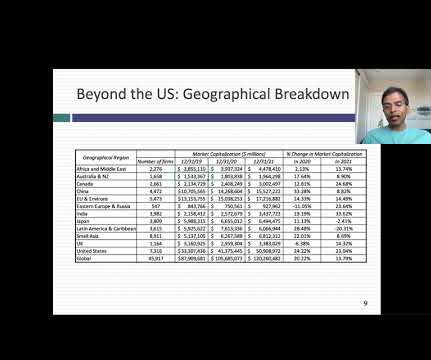


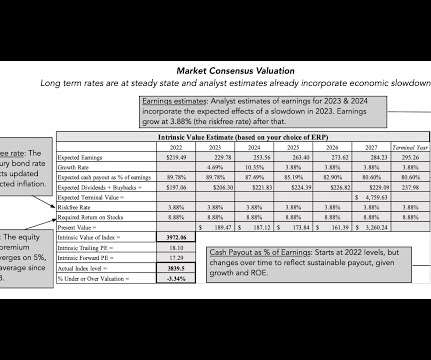
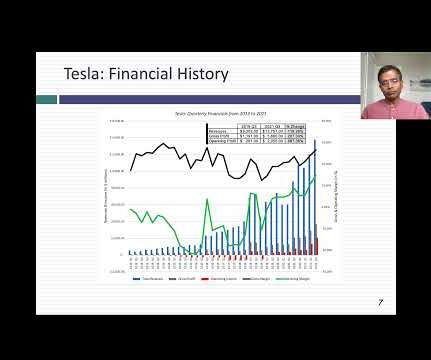

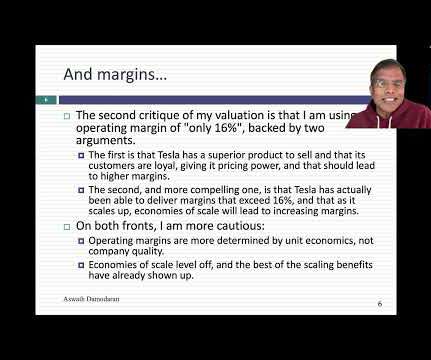
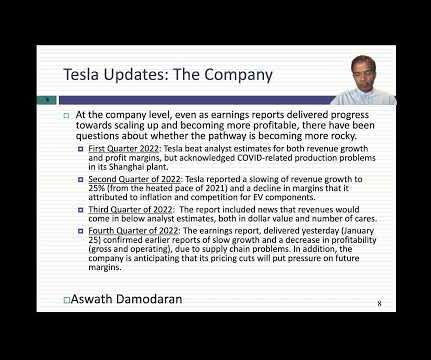
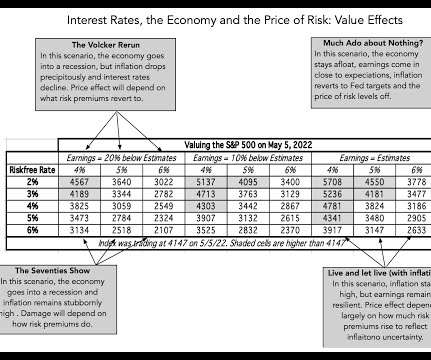
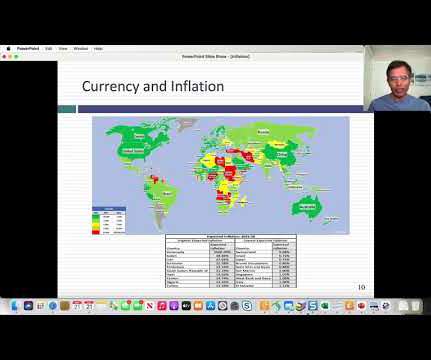






Let's personalize your content